Introduction
Hey there lunar enthusiasts! Ready to start on a quick trip to the Moon? Our celestial friend has been dazzling us for centuries with its gentle glow, guiding adventurers, and giving scientists a cosmic puzzle to solve. As Earth’s Enigmatic companion in the vastness of space, the Moon has left its mark on our history and keeps us gazing in wonder. In this comprehensive exploration, we delve into the many facts of our lunar neighbor, uncovering its mysteries and providing a wealth of information that goes beyond the ordinary.
Origin and Formation
The Moon’s origin is a subject of scientific intrigue. The prevailing hypothesis suggests that it formed approximately 4.5 billion years ago when a Mars-sized object collided with the early Earth. This collision led to the ejection of debris, which eventually coalesced to form the Moon. The resulting celestial dance between Earth and its natural satellite has shaped the dynamics of our planet ever since.
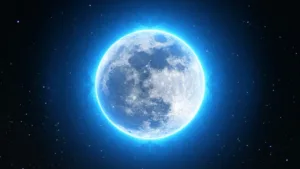
Orbital Properties
As Earth’s sole natural satellite, the Moon traces an elliptical path around our planet, fluctuating in distance from Earth. On average, it orbits at a distance of 384,400 kilometers (238,855 miles). The Moon’s synchronous rotation is a remarkable phenomenon: it rotates on its axis in such a way that one side, known as the “far side” or “dark side,” remains hidden from Earth.
Physical Characteristics
The Moon’s unique characteristics set it apart in our solar system.
Size
With a diameter of approximately 3,474 kilometers (2,159 miles) and it is roughly 1/6th the size of Earth. This size discrepancy results in lunar gravity, which is only 1/6th as strong as Earth’s, offering a surreal experience to astronauts on the lunar surface.
Lack of Atmosphere
The Moon’s thin exosphere comprises traces of various elements. The absence of a substantial atmosphere means no weather, no breathable air, and no protection from solar radiation. Astronauts exploring the Moon’s surface have to rely on spacesuits and spacecraft for life support.
Lunar Exploration
Apollo Missions: NASA’s Apollo program is renowned for landing astronauts on the Moon between 1969 and 1972. Notable among these missions is Apollo 11, which witnessed the first human steps on the lunar surface. Astronauts collected samples, conducted experiments, and immortalized Earthrise in captivating images.

Lunar Reconnaissance Orbiter (LRO):
Launched in 2009, NASA’s LRO meticulously maps the lunar surface, helping identify potential landing sites for future missions and enriching our lunar understanding.
The Moon’s Influence on Earth
Beyond its aesthetic appeal, the Moon exerts a tangible influence on Earth. Its gravitational pull causes tides, shaping coastal ecosystems and influencing ocean currents. The relationship between the Moon and Earth has even played a role in the evolution of life, as tidal pools are believed to be potential cradles for early life forms.
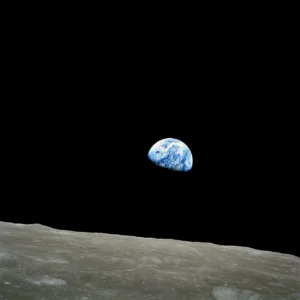
Lunar eclipse
A lunar eclipse is a celestial event where the Earth passes directly between the Sun and the Moon, causing the Earth’s shadow to be cast on the lunar surface. This occurs only during a Full Moon when the Sun, Earth, and Moon are aligned. The eclipse progresses through three main stages: the penumbral, partial, and total phases. During a total lunar eclipse, the Moon can take on a reddish color, known as a “blood moon,” due to Earth’s atmosphere scattering sunlight.

The Future of Lunar Exploration
As we gaze into the future, exciting prospects await lunar exploration. International collaborations, such as NASA’s Artemis program, aim to return humans to the moon and pave the way for sustainable lunar habitats. Once a stepping stone for human exploration, is poised to become a springboard for deeper space exploration
Conclusion
In conclusion, the Moon, our ever-faithful night companion, symbolizes both our ancient fascination and modern scientific endeavors. Let its silvery glow inspire continued curiosity and a sense of wonder. As we gaze at the night sky, may the Moon remind us of the limitless possibilities. May cosmic wonder fill your nights and may your dreams be as vast as the lunar landscape until next time.
FAQs
Q) Why does the moon change shape?
A) The moon’s changing appearance is due to its orbit around Earth, causing varying amounts of sunlight to reach its surface.
Q) How far is the moon from Earth?
A) The average distance from Earth is approximately 238,855 miles (384,400 kilometers).
Q) What is a supermoon?
A) A supermoon occurs when the moon is closest to Earth, appearing larger and brighter in the night sky.
Q) Are there water sources on the moon?
A) Recent discoveries suggest the presence of water molecules on the lunar surface, opening possibilities for resource utilization.
Q) Can you see the moon during the day?
A) Yes, It is often visible during the day, especially when it’s in a crescent or gibbous phase.
Follow me on Quora
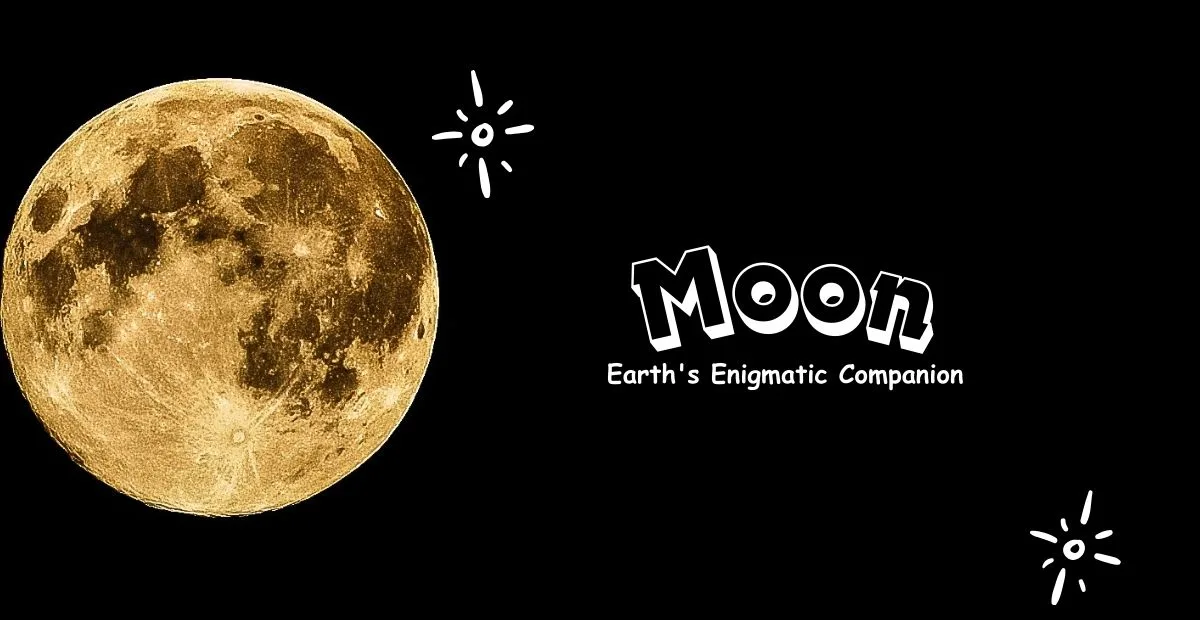


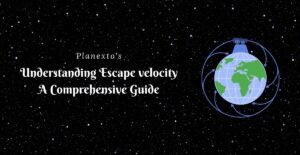


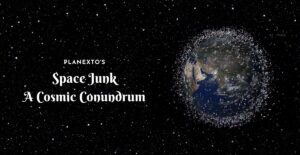
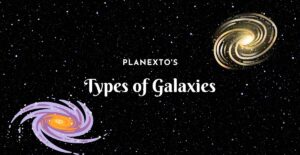

5 thoughts on “Moon: Earth’s Enigmatic Companion”